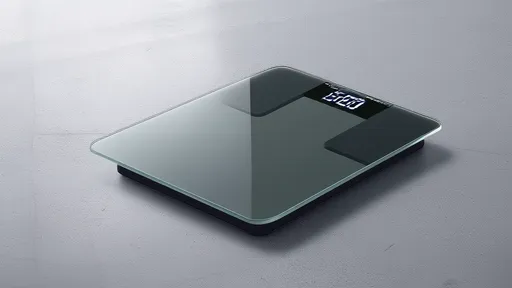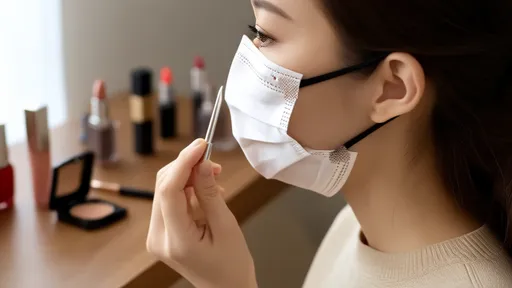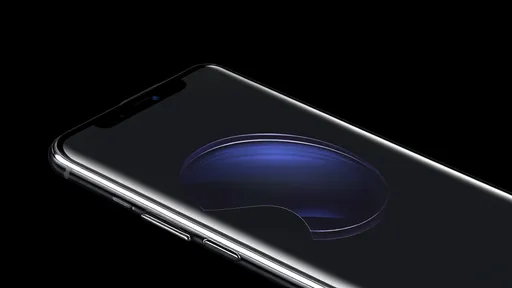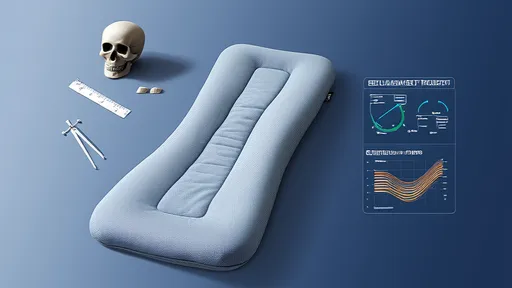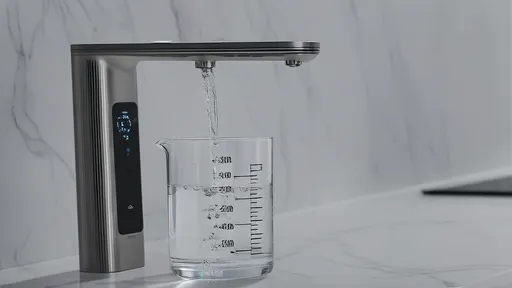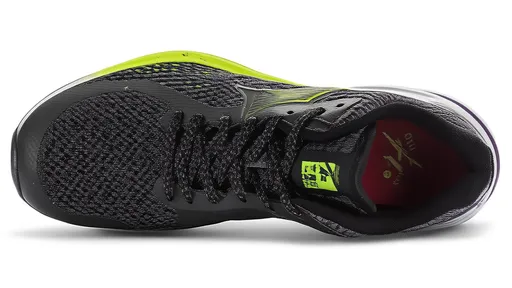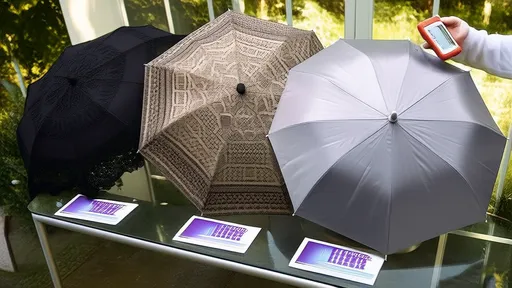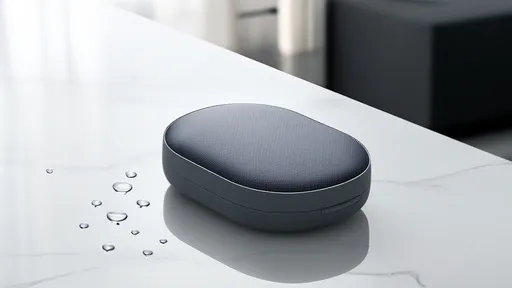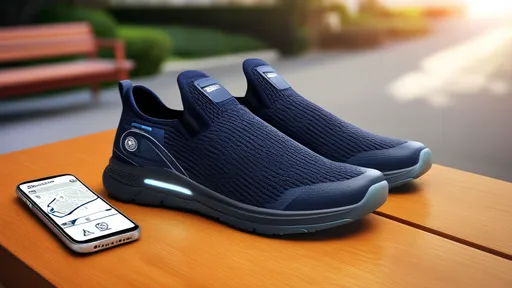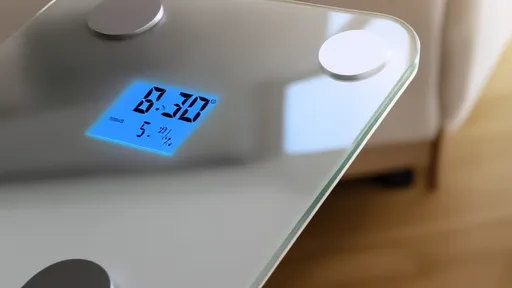The running shoe industry has quietly undergone a quiet revolution in recent years, with manufacturers introducing innovative wear indicators that go far beyond the traditional "check the soles" advice. These new systems are transforming how runners monitor their footwear, potentially preventing injuries and extending the life of their gear. What began as simple tread patterns has evolved into sophisticated visual and tactile warning systems that communicate exactly when shoes need replacement.
The science behind shoe wear patterns reveals why these indicators matter more than most runners realize. Biomechanics experts have long understood that degraded cushioning and uneven wear patterns contribute significantly to running injuries. When midsoles compress beyond their optimal range or outsoles develop irregular wear, the body compensates with altered gait mechanics that can lead to everything from shin splints to stress fractures. The new generation of wear indicators addresses these issues by providing clear, objective signals before damage occurs.
Major brands have adopted strikingly different approaches to wear indication. Some employ color-changing materials that fade or shift hues as the shoe accumulates miles. Others use textured patterns that gradually smooth out, creating tactile feedback when rubbed with a thumb. Perhaps most innovative are the pressure-sensitive films that develop visible stress marks in high-impact areas. These technologies share a common goal: to take the guesswork out of shoe replacement timing.
Visual wear indicators represent the most widespread implementation currently on the market. Many models now feature strategically placed high-contrast markings in the outsole's most vulnerable areas. As the rubber wears down, these markings disappear in predictable stages - first becoming partially visible, then completely erased. Some brands have elevated this concept with multi-stage systems where different colors appear at various wear levels, essentially creating a "fuel gauge" for shoe lifespan.
The legal implications of wear indicators are just beginning to emerge. Product liability attorneys note that by incorporating these features, manufacturers may be establishing clearer standards for reasonable product lifespan. This could potentially shift some responsibility from consumers to companies regarding injury prevention. However, the industry maintains that these indicators serve as guidelines rather than absolute replacement triggers, acknowledging that individual running styles and conditions vary widely.
Environmental considerations play an unexpected role in wear indicator development. With increasing pressure to reduce waste, manufacturers face the challenge of balancing safety with sustainability. Some companies now use biodegradable materials in their wear indicators that break down at similar rates to the shoe's structural components. This ensures the warning system remains accurate throughout the product's usable life without creating additional environmental burdens during decomposition.
Consumer education remains the biggest hurdle for widespread adoption. Despite clear markings and instructions, many runners still rely on subjective assessments like "they feel flat" or "the tread looks bad." Industry surveys suggest less than 40% of regular runners consistently check wear indicators, with most replacing shoes either too early or too late. This knowledge gap has prompted some retailers to implement wear indicator tutorials during fitting sessions and through post-purchase email campaigns.
The future of wear indication technology appears poised for significant advancement. Prototypes in development include microfluidic systems that release colored dyes as cushioning compresses, and smart insoles that sync with mobile apps to track wear patterns digitally. Some experimental models even incorporate strain gauges that measure structural integrity at the molecular level. As these technologies mature, they may fundamentally change how runners interact with their footwear, transforming shoes from passive equipment into active injury-prevention tools.
Professional athletes and coaches have been early adopters of wear indicator technology. Elite training programs now routinely incorporate shoe wear data into their injury prevention protocols, treating footwear as carefully monitored equipment rather than disposable gear. This professional validation has trickled down to amateur running communities, where wear indicators are increasingly discussed in training forums and social media groups as critical performance tools.
Medical professionals specializing in sports medicine report seeing fewer overuse injuries among patients who heed wear indicator warnings. Podiatrists note that worn footwear often exacerbates existing biomechanical issues, making timely replacement particularly crucial for runners with pronation or supination tendencies. Some progressive clinics have even begun incorporating shoe wear analysis into their gait assessment protocols, recognizing the diagnostic value of wear patterns.
The economic impact of wear indicators presents an interesting paradox. While the technology might suggest more frequent replacements, many runners actually save money by avoiding premature retirements of still-usable shoes. The precision of modern wear systems helps athletes maximize value without compromising safety - a balance that was nearly impossible to achieve with traditional wear assessment methods. This efficiency gain has made wear indicator-equipped models surprisingly popular among budget-conscious runners.
Cultural differences in wear indicator adoption reveal fascinating market variations. European runners tend to replace shoes more frequently than their North American counterparts, while Asian markets show particular interest in high-tech solutions like app-connected systems. These regional preferences influence how brands deploy wear indication technologies globally, with some companies offering region-specific versions of the same shoe model featuring different types or placements of wear indicators.
As the technology becomes more sophisticated, philosophical questions emerge about our relationship with athletic gear. The very concept of wear indicators suggests a shift toward viewing running shoes as precision instruments rather than simple commodities. This mindset change mirrors broader trends in sports technology, where data and measurable thresholds increasingly guide equipment decisions. For serious runners, these developments represent an exciting fusion of materials science and practical athletics that promises better performance and fewer injuries.
The hum of idling engines, the faint scent of exhaust, and the endless sea of brake lights stretching toward the horizon—highway traffic jams are an inevitable reality for millions of drivers. While being stuck in gridlock is frustrating, it also presents an unexpected opportunity: a chance to stretch, move, and counteract the stiffness that comes from prolonged sitting. For those who find themselves trapped in slow-moving or stationary traffic, a few simple stretches can make the wait far more bearable—and even beneficial for the body.
In the ever-expanding world of health supplements, choosing the right formulation can be as crucial as selecting the active ingredients themselves. The physical form of a supplement – whether it’s a capsule, tablet, liquid, or powder – influences not just how we take it, but how effectively our bodies absorb and utilize its nutrients. For consumers navigating this landscape, understanding these nuances can mean the difference between a product that works and one that merely sits on the shelf.
When it comes to achieving accurate weight measurements, the importance of placing your scale on a level surface cannot be overstated. Many users overlook this critical aspect, assuming that any flat area will suffice. However, even minor imbalances can lead to significant discrepancies in readings. Whether you’re using a digital or mechanical scale, ensuring proper ground alignment is essential for consistency and reliability.
The humble nose wire in face masks often goes unnoticed, yet it plays a pivotal role in achieving that perfect fit. While most consumers focus on filtration efficiency or breathability, the subtle art of nose bridge shaping remains an underappreciated aspect of mask-wearing. Mastering this technique can transform an ordinary mask into a customized protective barrier that seals tightly without causing discomfort.
The growing reliance on digital screens has led to an increased demand for products that claim to protect our eyes from harmful blue light. Among these, blue light screen protectors have gained significant popularity. These thin films, applied directly to the screens of smartphones, tablets, and computers, promise to filter out the high-energy blue light emitted by displays. But how effective are they really? A series of tests were conducted to evaluate their performance, and the results provide valuable insights for consumers.
The quest for the perfect night's sleep has led to numerous innovations in bedding technology, with memory foam pillows standing out as one of the most revolutionary. Unlike traditional pillows, memory foam adapts to the contours of the head and neck, providing customized support. However, not all memory foam pillows are created equal, and selecting the right height is crucial for optimal comfort and spinal alignment. The concept of a height adaptation formula for memory pillows has gained traction among sleep experts, offering a scientific approach to personalized sleep solutions.
The water purification industry has grown exponentially in recent years, driven by increasing awareness of water quality and health concerns. Among the various factors consumers consider when purchasing a water purifier, the flow rate—or the speed at which clean water is delivered—plays a crucial role. Unlike technical specifications such as filtration accuracy or contaminant removal rates, the flow rate directly impacts daily usability. A slow flow rate can frustrate users, while an excessively fast one might raise doubts about filtration effectiveness. Striking the right balance is essential for both manufacturers and consumers.
The running shoe industry has quietly undergone a quiet revolution in recent years, with manufacturers introducing innovative wear indicators that go far beyond the traditional "check the soles" advice. These new systems are transforming how runners monitor their footwear, potentially preventing injuries and extending the life of their gear. What began as simple tread patterns has evolved into sophisticated visual and tactile warning systems that communicate exactly when shoes need replacement.
The process of verifying organic certification codes through official websites has become increasingly important for consumers seeking authentic organic products. With growing concerns about food authenticity and labeling accuracy, understanding how to navigate these verification systems provides peace of mind and ensures purchasing decisions align with personal values.
When it comes to maintaining a healthy lifestyle, vitamins and supplements play a crucial role. However, many people overlook an important aspect of their efficacy: their shelf life after opening. Unlike unopened bottles, which have a clear expiration date, once a vitamin container is opened, its potency and safety can degrade faster than expected. Understanding how to calculate the post-opening shelf life of vitamins is essential for ensuring you reap their full benefits.
The science behind sun protection has evolved significantly over the years, and one of the most critical advancements has been the development of UPF (Ultraviolet Protection Factor) testing for sun-protective fabrics, including umbrellas. Unlike sunscreen, which is measured by SPF, UPF evaluates how effectively a fabric blocks ultraviolet radiation. For those who rely on sun umbrellas as their primary defense against harmful UV rays, understanding UPF testing methods is essential.
The healthcare technology sector has witnessed remarkable advancements in recent years, with smart pillboxes emerging as a crucial tool for medication management. Among the various features that enhance their functionality, waterproofing stands out as a critical aspect that ensures durability and reliability. Manufacturers are increasingly focusing on innovative waterproofing techniques to address the challenges posed by accidental spills, humidity, and even complete submersion in water.
For families caring for elderly loved ones with dementia or mobility challenges, GPS-enabled shoes have emerged as a game-changing safety solution. These innovative footwear options blend discreet tracking technology with everyday comfort, offering peace of mind without compromising dignity. As the silver tsunami reshapes demographics globally, such assistive technologies are transitioning from luxury to necessity in elder care.
In recent years, formaldehyde detectors have become essential household items for health-conscious families. However, the market is flooded with products of varying quality, making it challenging for consumers to distinguish between reliable devices and potential scams. Understanding where these detectors commonly fail can save buyers from wasting money on ineffective tools and protect their families from inaccurate readings.
For health-conscious individuals, tracking body composition has become an essential part of daily routines. Among the various tools available, smart body fat scales have gained significant popularity due to their convenience and ability to provide detailed metrics beyond just weight. However, to obtain the most accurate readings, understanding the optimal conditions for measurement is crucial—particularly when it comes to timing and preparation.


